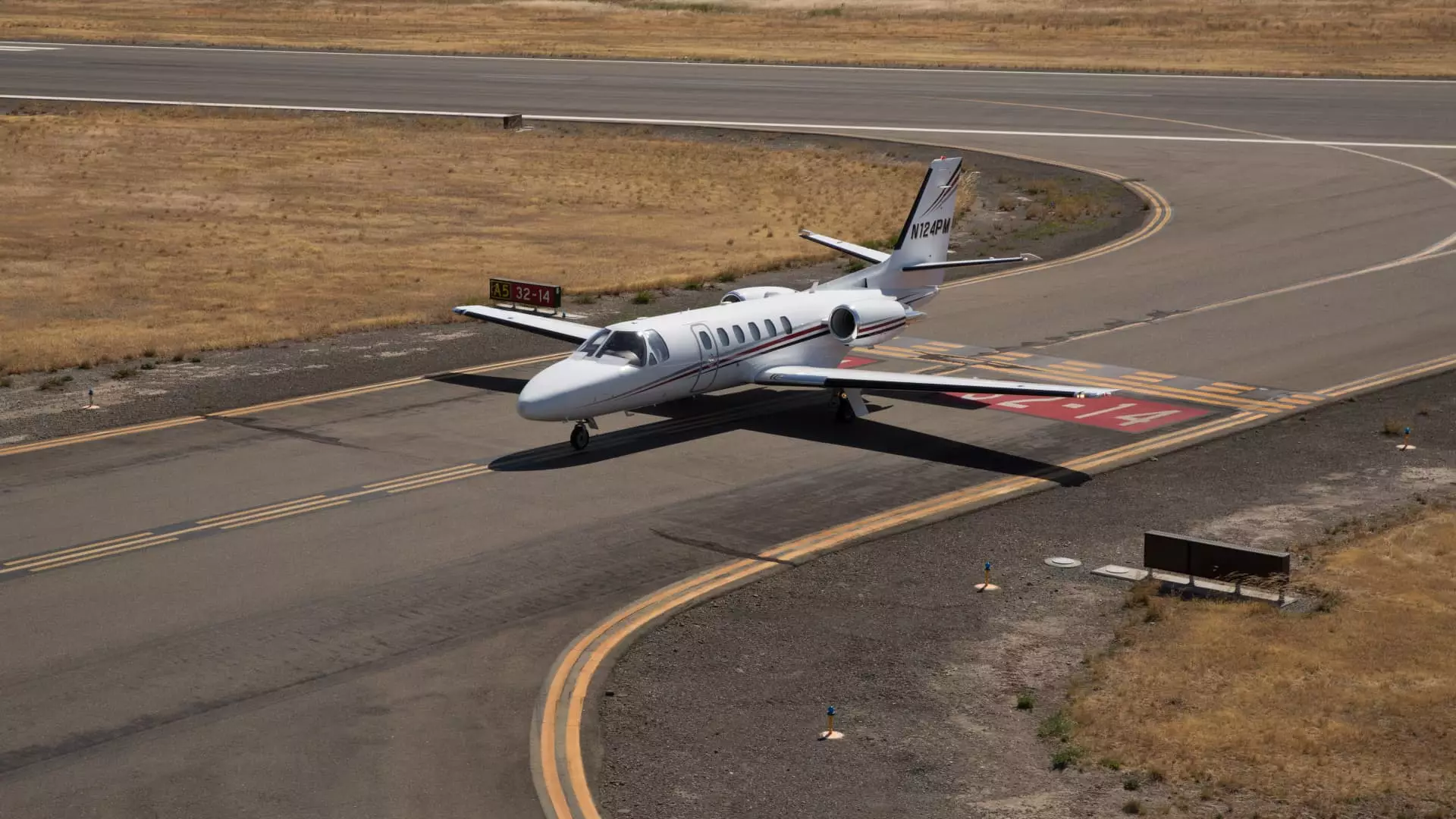In recent months, consumer confidence has plummeted, casting a shadow over various sectors, not least the luxurious yet vulnerable market of business aviation. A Barclays survey targeting business jet brokers and financiers reveals an alarming trend: interest in purchasing business jets has nosedived by a staggering 49% since mid-March. This decline, reflected in a composite score drop from 52 to 40, tells us more than just numbers—it’s an epitome of our fraught modern economy where the affluent are reining in their spending amidst rising uncertainties. What could be driving such a drastic shift in consumer sentiment, particularly among those typically unfazed by economic fluctuations?
The Underlying Factors
One significant factor contributing to the dwindling desire to invest in business jets is the looming threat of tariffs, which not only affect the aviation industry but also ripple through various business sectors. The survey, conducted with insights from 65 respondents, indicates that fear surrounding tariffs has put a substantial damper on purchasing decisions. Nearly half, or 46%, of survey participants noted that interest in acquiring jets had shrunk markedly since March. Despite the expectation that economic cycles fluctuate, this stark downturn still piques concern. As an individual rooted in center-right liberalism, I find it troubling that policy decisions rooted in protectionism could potentially stifle innovation and economic growth.
Furthermore, the fact that a staggering 93% of respondents anticipate significant negative impacts on demand due to tariffs reveals a worrying consensus. It showcases how interlinked our economies are and reflects a reality that often goes unnoticed amid political posturing: excessive regulation and unfounded fear can lead to stunted growth in critical industries.
Manufacturers and Market Indicators
The current malaise manifests not only through consumer apprehension but also among manufacturers grappling with a plunging book-to-bill ratio—a quintessential indicator of their financial vitality. A composite score in the low 40s suggests that the orders being processed are outpaced by new order requests by approximately 10%. This disparity is alarming for manufacturers who depend on a robust and predictable demand cycle. If history teaches us anything, it’s that industries thrive during periods of confidence and decline under shadowy economic forecasts.
It is appalling that amidst such volatility, the once-bustling business jet industry now finds itself facing severe headwinds. The pessimism surrounding used jets, with 67% of industry insiders expecting minor to significant adverse effects on demand, indicates a systemic deterioration in this space. A healthy aviation economy should reignite optimism, yet the current landscape is engulfed in uncertainty.
Legislative Lifelines
Yet, it isn’t all doom and gloom. As a glint of hope, both the Senate and House of Representatives have moved forward with budget resolutions that could reinvigorate the market through preferred tax modifications. The extension of specific provisions from the Tax Cuts and Jobs Act (TCJA)—which allowed businesses to deduct the full cost of eligible equipment purchases upfront—could provide a much-needed boost for manufacturers. This revelation comes as a welcome surprise amid eroding confidence.
Republican lawmakers are focused on raising the deduction rate back to 100% and permitting retroactive deductions, which aligns perfectly with previous calls from influential figures like former President Donald Trump. Not only could such legislative changes enhance immediate purchasing power, but they could also stimulate continued investment in the higher echelons of the aviation market, pushing it toward recovery.
What Lies Ahead?
The future remains uncertain, marked by caution and anxiety among potential buyers. While some view mounting demand for used jets as a silver lining, just under a third expecting an increase in interest, the overarching sentiment in the business aviation sector is one of trepidation. As economic catalysts, such as enormous tariffs and consumer hesitance, loom large, only time will tell if these legislative proposals can usher in a revival that engenders confidence once more.
This precarious balancing act between governmental action and market response is one that will require scrupulous attention. For a sector that thrives on the promise of fiscal fortitude, the current time calls for an urgent reassessment of policies affecting not only business aviation but the economic landscape at large.

